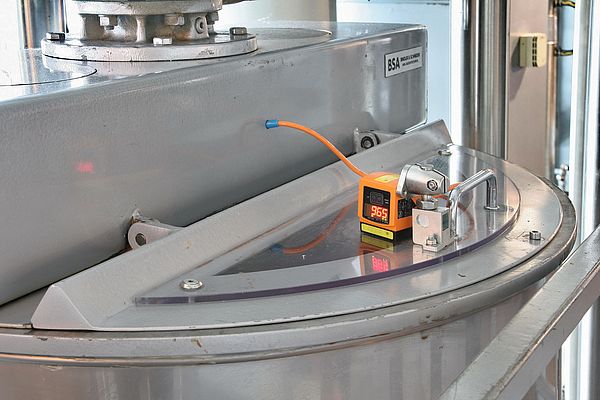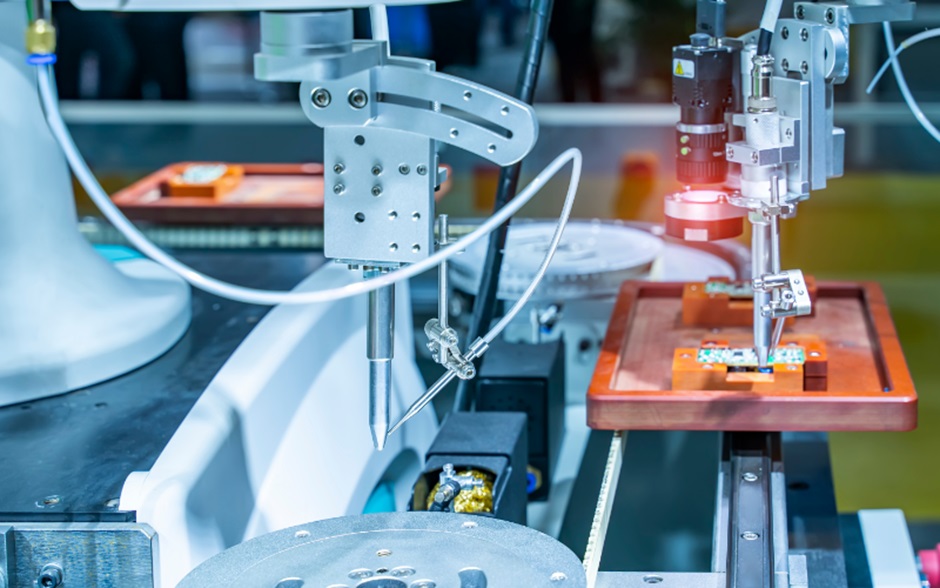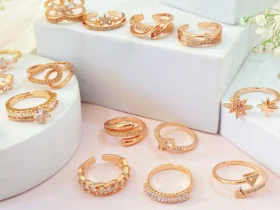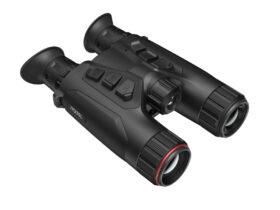Introduction
In our tech-driven world, sensors are everywhere, making our lives easier and more efficient. In Singapore, where tech innovations are embraced, understanding different sensor types can be difficult. This guide will walk you through four key sensor technologies: proximity sensors, ultrasonic sensors, inductive sensors, and photoelectric sensors. Whether you’re working on a project or just curious, this article will help you grasp how these sensors work and where they are used.
Proximity Sensors
What Are Proximity Sensors?
Proximity sensors detect if something is nearby without touching it. They are used in many gadgets and machines to detect the presence or absence of objects.
How Do They Work?
Proximity sensors can use different methods to detect objects. Some use changes in capacitance (electrical charge), others use changes in inductance (magnetic fields), and some use ultrasonic waves (sound waves).
Applications in Singapore
In Singapore, proximity sensors help in smart buildings and public transport. For instance, they help control lighting and air conditioning based on people’s presence in MRT stations or shopping malls. They are also used to monitor stock levels in warehouses.
Advantages
- Non-contact detection: no physical contact is needed, reducing wear and tear.
- Durable and Reliable: Works well in tough conditions.
- Versatile: useful in many different applications, from cars to factories.
Future Developments
Proximity sensors are getting more advanced, with better sensitivity and smaller sizes. They’re becoming more common in smart homes and factories, allowing for more responsive and automated systems.

Ultrasonic Sensors
What Are Ultrasonic Sensors?
Ultrasonic sensors measure distance using sound waves. They send out high-frequency sound waves and measure how long it takes for the echo to return.
How Do They Work?
These sensors send a burst of sound waves and listen for the echo that bounces back from an object. By timing how long it takes for the echo to return, the sensor can calculate the distance to the object.
Applications in Singapore
Ultrasonic sensors are used in robotics and parking systems. In Singapore, they help in managing baggage at Changi Airport and in automated parking systems. They are also used in robots that clean or handle tasks.
Advantages
- High Accuracy: Provides precise distance measurements.
- Non-invasive: No physical contact is needed.
- Wide Range: can measure distances over various ranges.
Emerging Trends
New developments are making ultrasonic sensors more accurate and versatile. They are now used in things like self-driving cars and environmental monitoring.
Inductive Sensors
What Are Inductive Sensors?
Inductive sensors detect metal objects by measuring changes in magnetic fields. They are widely used in manufacturing and automation.
How Do They Work?
These sensors have a coil that creates an electromagnetic field. When a metal object enters this field, it changes the magnetic properties, which the sensor detects.
Applications in Singapore
In Singapore’s factories and assembly lines, inductive sensors help ensure parts are correctly positioned and run smoothly. They are used in places like the Singapore Science Park for quality control and automation.
Advantages
- High Precision: Excellent for detecting metal objects.
- Durable: Works well in harsh industrial environments.
- Maintenance-Free: Few moving parts mean less need for upkeep.
Future Prospects
Inductive sensors are becoming smarter, integrating with data analytics and machine learning to improve maintenance and efficiency in industrial settings.
Photoelectric Sensors
What Are Photoelectric Sensors?
Photoelectric sensors use light to detect objects. They consist of a light emitter and a detector that measures how much light is reflected.
How Do They Work?
These sensors emit a beam of light and measure the amount of light that bounces back from an object. There are three main types: through-beam, retro-reflective, and diffused.
Applications in Singapore
In Singapore, photoelectric sensors are used in various ways, such as in traffic light systems and industrial safety equipment. They help with items on conveyor belts and detecting people in rooms.
Advantages
- Flexible Detection: Works for both short and long distances.
- High Speed: Detects fast-moving objects efficiently.
- Variety of Configurations: Suitable for Different Needs.
Technological Advances
Recent improvements in photoelectric sensors include greater sensitivity and smaller sizes, making them useful in new areas like wearable technology and fast-paced automation systems.
Conclusion
Knowing about proximity sensors, ultrasonic sensors, inductive sensors, and photoelectric sensors can be very useful. In Singapore, where technology is advancing rapidly, understanding these sensors helps in various industries and everyday applications. As technology advances, staying up-to-date with these sensors will help you take full advantage of their benefits.











